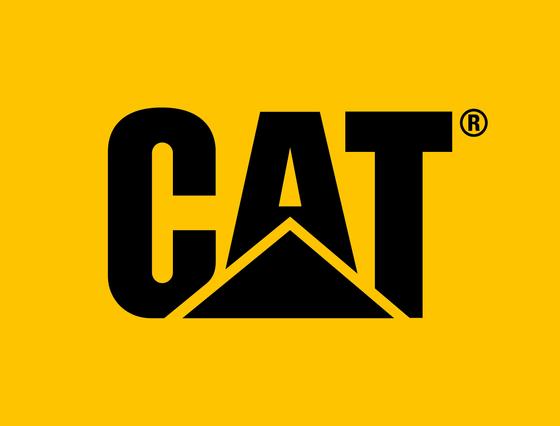African rhythms, house, popping, and breaking are inspired chapters of a choreographic artform that Virgil flips through, tracing every note in search of a fluid platform of personal expression, an overwhelming, melodic trail that carries him back to himself and the members of his award-winning crew, The Ruggeds.
“The crew is a beautiful microcosm.Through dance and the relationship with my companions, I’m constantly learning new things, filling my gaps, and moving forward, first as a human being and then as a performer.The combination of our skills and knowledge always takes us to unexpected places. In the crew, everything adds up, and everything gets shared.”
















